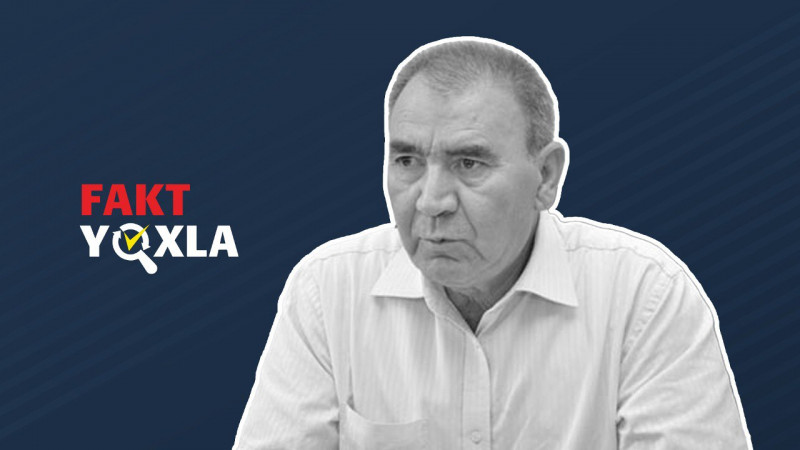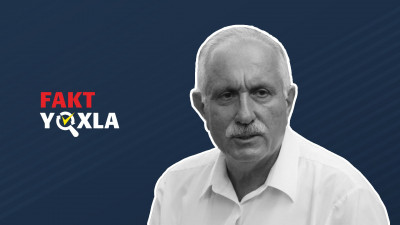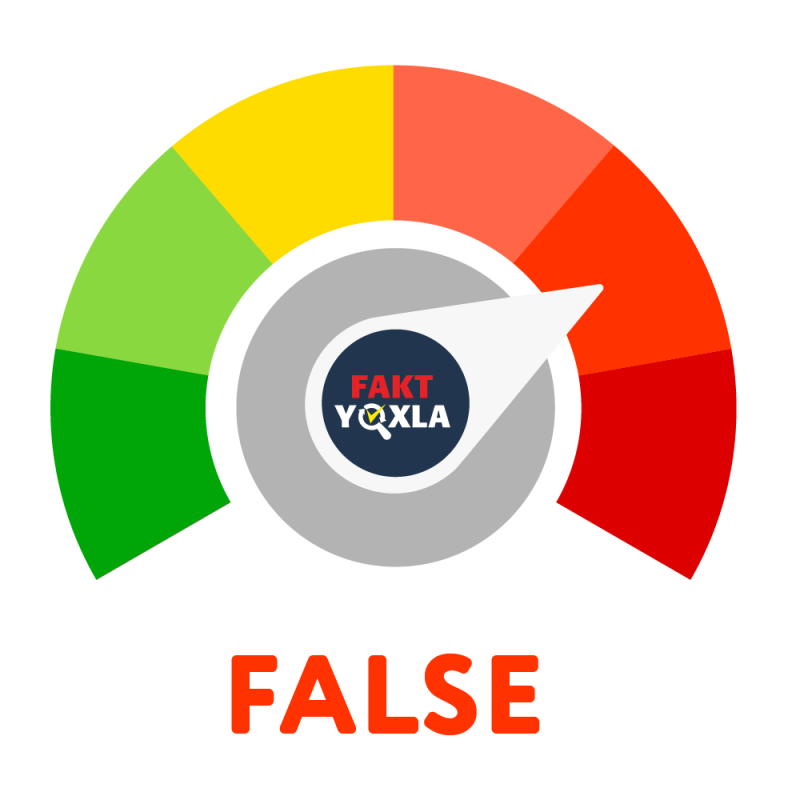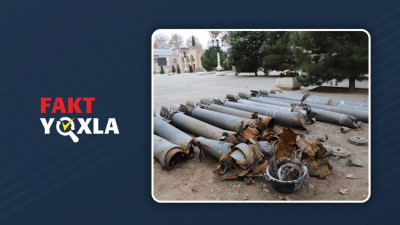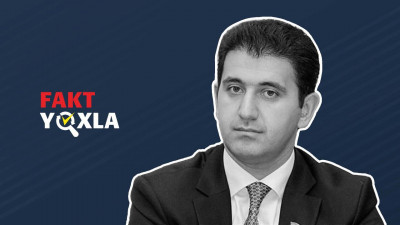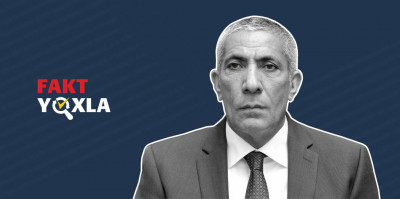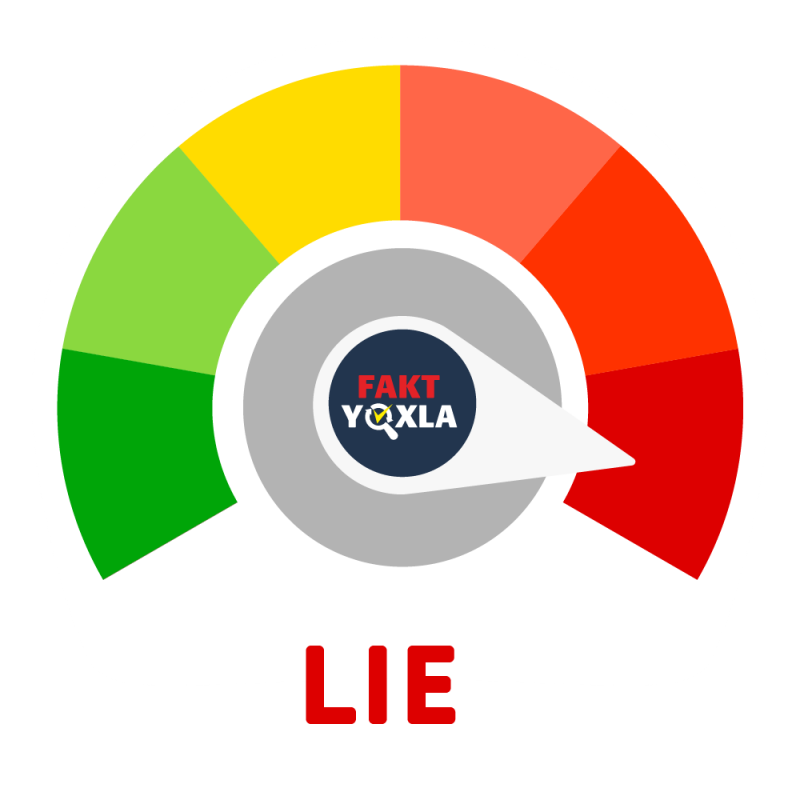Historian Jamil Hasanli said in an interview with Toplum TV that Nagorno-Karabakh Autonomous Oblast had the right to change its administrative-territorial structure, which was not available in other autonomous oblasts within the USSR.
"On June 16, 1981, the Constitutional Law on the status of the Nagorno-Karabakh Autonomous Oblast was adopted. According to that law, Nagorno-Karabakh was given the rights that other autonomous regional bodies of the USSR did not have. There were five oblasts in the Russian Federation. The rights to change the administrative-territorial structure of those five subjects could not be changed without the consent of the regional council (but could be changed in the Nagorno-Karabakh Autonomous Oblast - ed.)," he said in the interview (1:01:25).
Fakt Yoxla checked whether the claim was true.
The Nagorno-Karabakh Autonomous Oblast (NKAO) was established in 1923 and abolished in 1991. The Law of the Azerbaijan Soviet Socialist Republic on the Nagorno-Karabakh Autonomous Oblast (pdf) was adopted by the Supreme Assembly of the Azerbaijan Soviet Socialist Republic on June 16, 1981. The mentioned document was not a constitutional law, as claimed by Jamil Hasanli, but an ordinary law.
Article 3 of the Law states that the territory of the Autonomous Oblast cannot be changed without the consent of the Council of People's Deputies of the NKAO. According to that article, there were Askeran, Hadrut, Mardakert, Martuni, Shusha districts and Stepanakert city under the republic.
"Changing the boundaries of the Autonomous Oblast, organizing and abolishing, naming and renaming the names of districts, cities, towns, and other settlements, as well as determining and transferring the administrative centers of the districts of the Autonomous Oblast are ensured in the manner determined by the legislation of the USSR and the Azerbaijan SSR. The issues of the administrative-territorial structure of the Autonomous Oblast are resolved taking into account the opinion of the relevant state bodies of the Autonomous Oblast", stated in the relevant article of the law.
The five subjects that Jamil Hasanli talked about are Adygea, Gorno-Altai, Jewish, Karachay-Cherkessia, and Khakassia autonomous oblasts within the Russian Soviet Federative Socialist Republic (RSFSR). Separate laws on these autonomous oblasts were adopted in December 1981.
The laws on both the NKAO and the five autonomous oblasts of the RSFSR are similar to each other. However, Article 3 of the laws on autonomous oblasts in the RSFSR is slightly different from the corresponding article of the law on the NKAO. So, in those articles, the consent of the Soviet of People's Deputies is not required to change the territory of the autonomous oblasts. The other paragraphs of Article 3 of the laws are almost the same.
Article 3 of the law on the South Ossetia Autonomous Oblast, which was established in the territory of the Georgian SSR, although not in the RSFSR, adopted in November 1980, states that the territory of the autonomous oblast cannot be changed without the consent of the Council of People's Deputies of the oblast.
The same provision was reflected in the law adopted on May 29, 1981, on the Gorno-Badakhshan Autonomous Oblast, which was created within the Tajikistan USSR. (Page 294)
During the interview, Jamil Hasanli first said that the rights that were not available in other autonomous oblasts of the USSR were given to the NKAO but later he made the comparison only with the RSFSR. Although the claim was true in the context of the RSFSR, it was false in the context of the entire USSR as implied in the first part of the claim.
Fakt Yoxla concludes that Jamil Hasanli’s claim is False.



